Photos: Viking warrior is actually a woman
Warrior woman
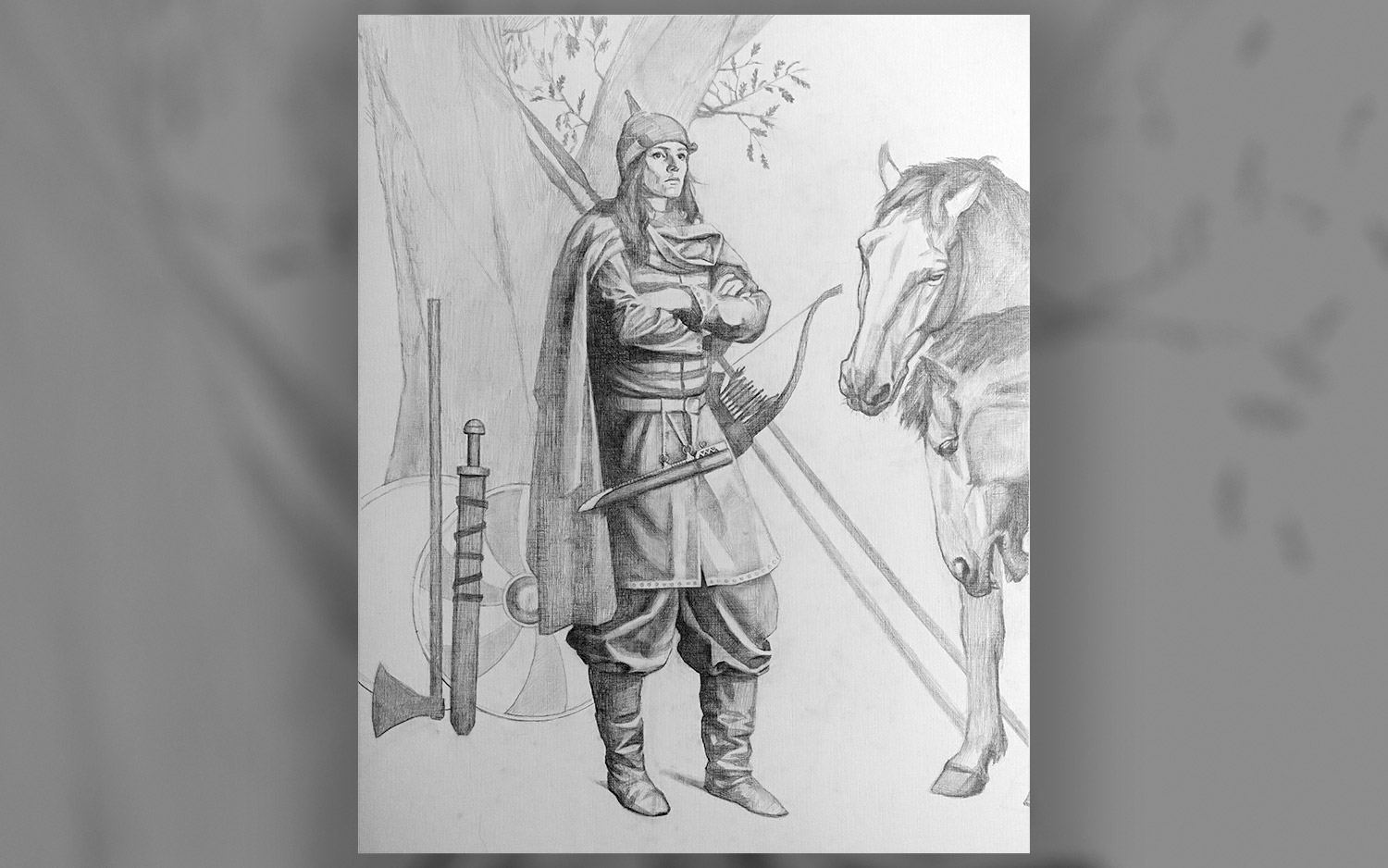
In 2017, a group of researchers in Sweden did a genetic analysis on the bones of a warrior Viking, long assumed to be male. However, the results showed that the individual had XX chromosomes, revealing that the deceased was, in fact, a woman.
There were so many questions about this discovery, that the researchers just published a new study that delved deeper into the finding. Here is an illustration of what the female warrior may have looked like. The clothing details are based, in part, on material found within the burial chamber, the researchers said.
[Read more about the Viking warrior woman]
Birka settlement map
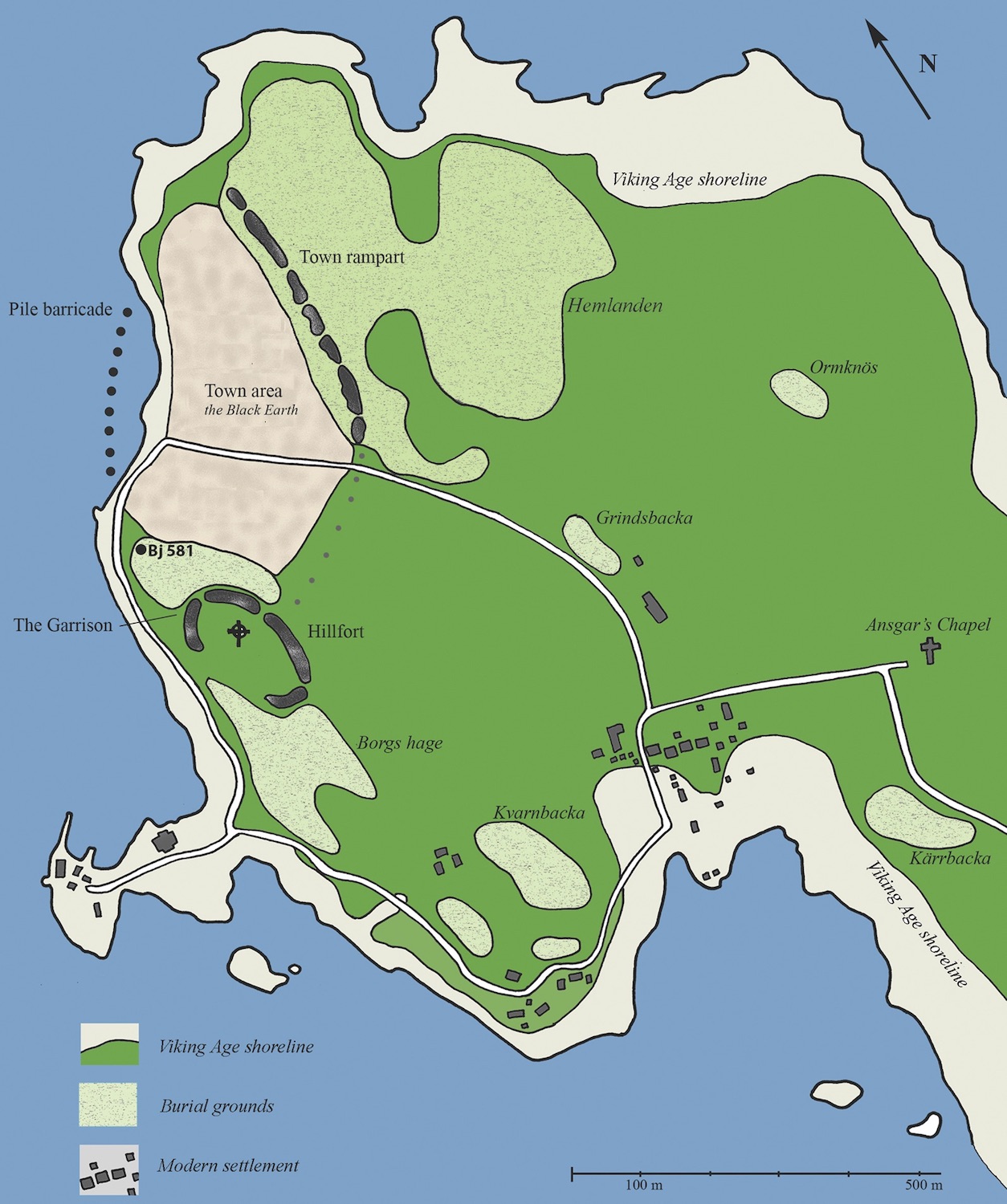
The burial, known as Bj.581, was found in Birka, a Viking settlement that flourished from about A.D. 750 to 950 in what is now central Sweden.
Burial sketch
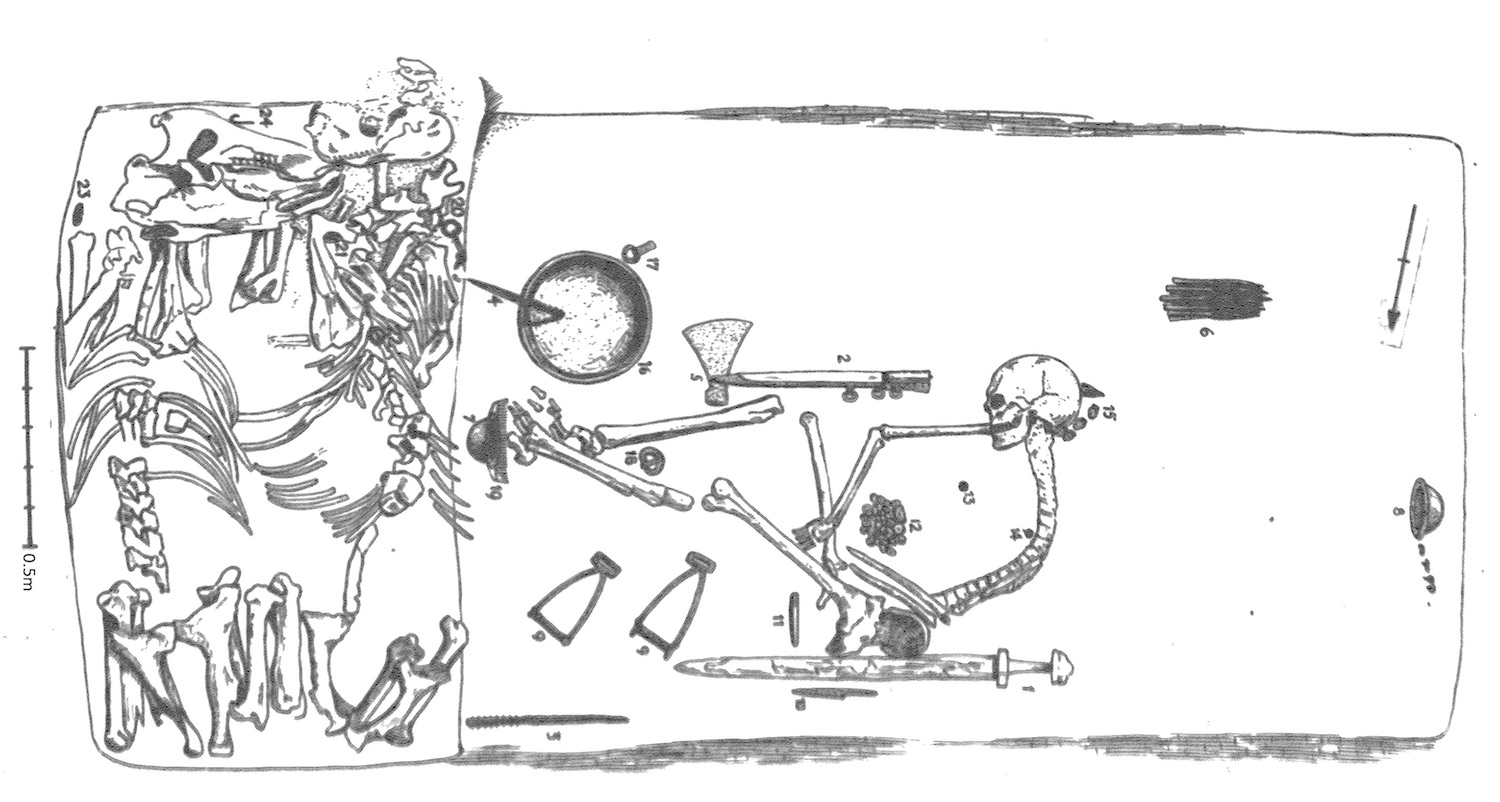
The burial was originally found by archaeologist Hjalmar Stolpe in 1878. Here is a drawing based on a sketch by Stolpe. Notice the body (center) surrounded by weapons and a bag of game pieces. The bodies of two horses, one mare and one stallion, are on the left of the image.
Viking burial
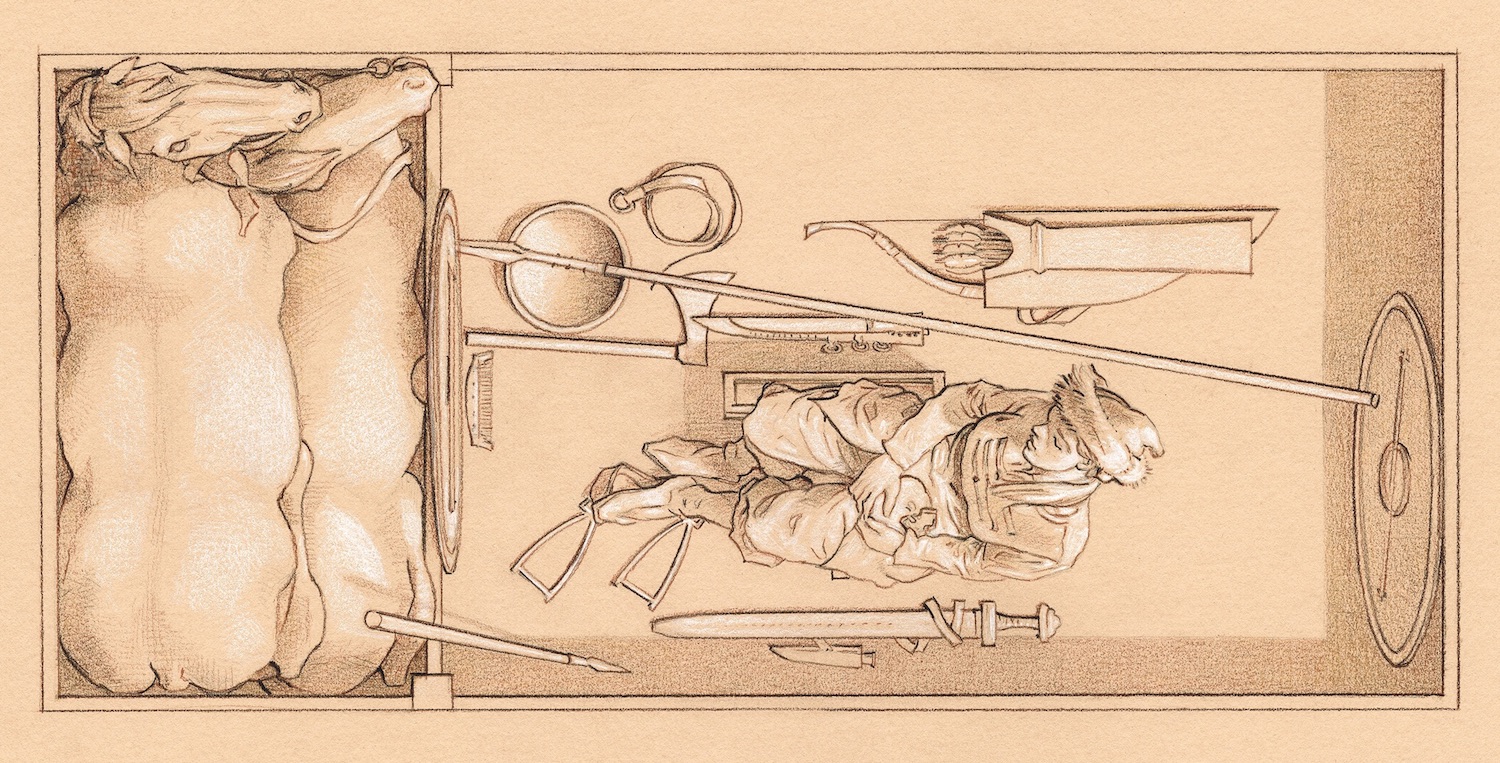
Here's how the burial might have looked just before it was closed in Viking times.
A warrior's weapons
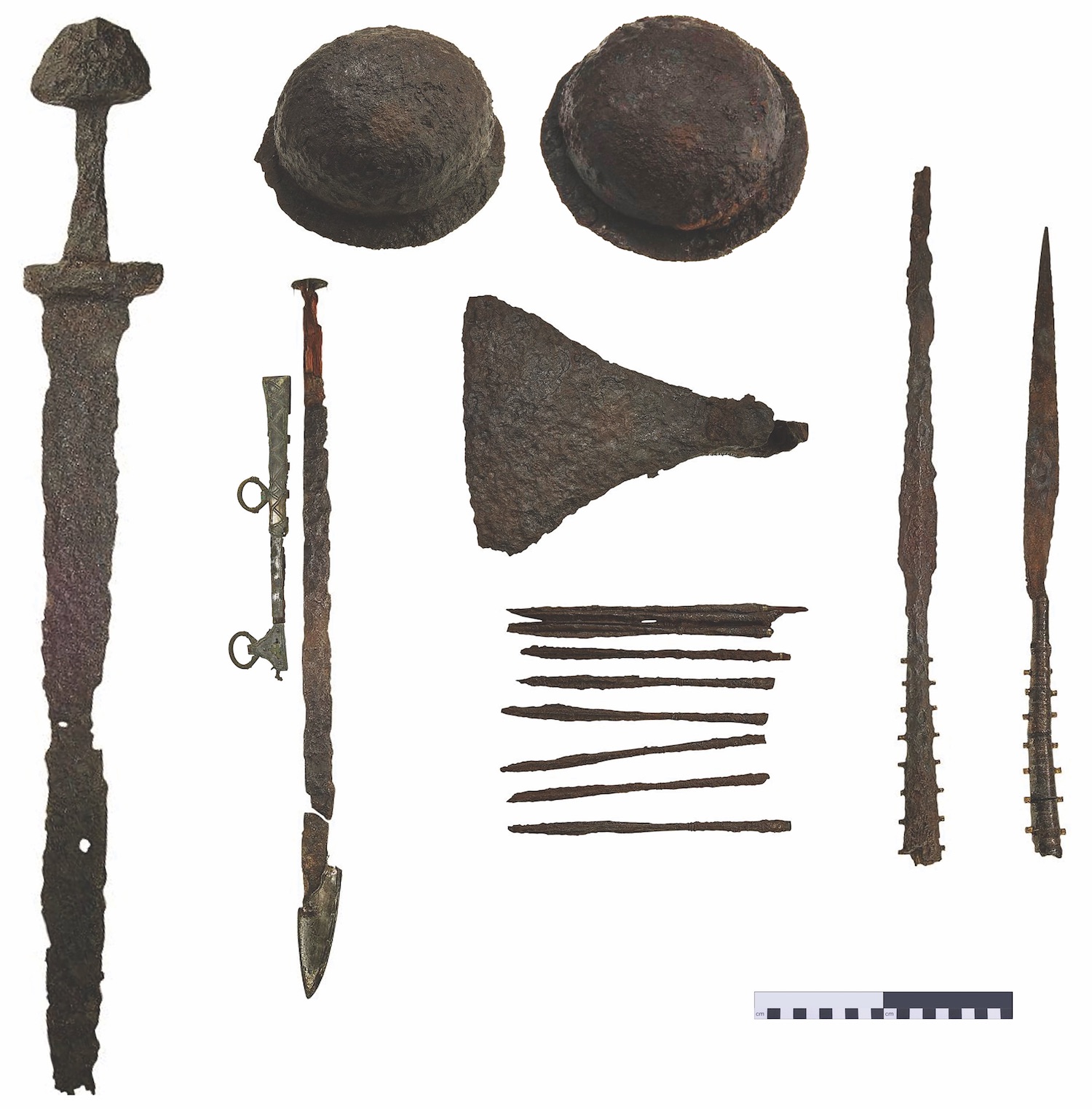
The deceased was buried with a number of weapons. Those shown here include a sword, ax, fighting knife, two lances, two shields and 25 armor-piercing arrows.
Get the world’s most fascinating discoveries delivered straight to your inbox.
This warrior had game

The woman had a bag on her lap. This bag contained three antler dice, a polyhedral weight, two spheroid weights and 28 gaming pieces, the researchers wrote in the study, published online yesterday (Feb. 19) in the journal Antiquity. Above are a few of the gaming pieces.
It's possible that these gaming pieces indicate the warrior was a military commander, but this idea is still speculative.
Her silk cap
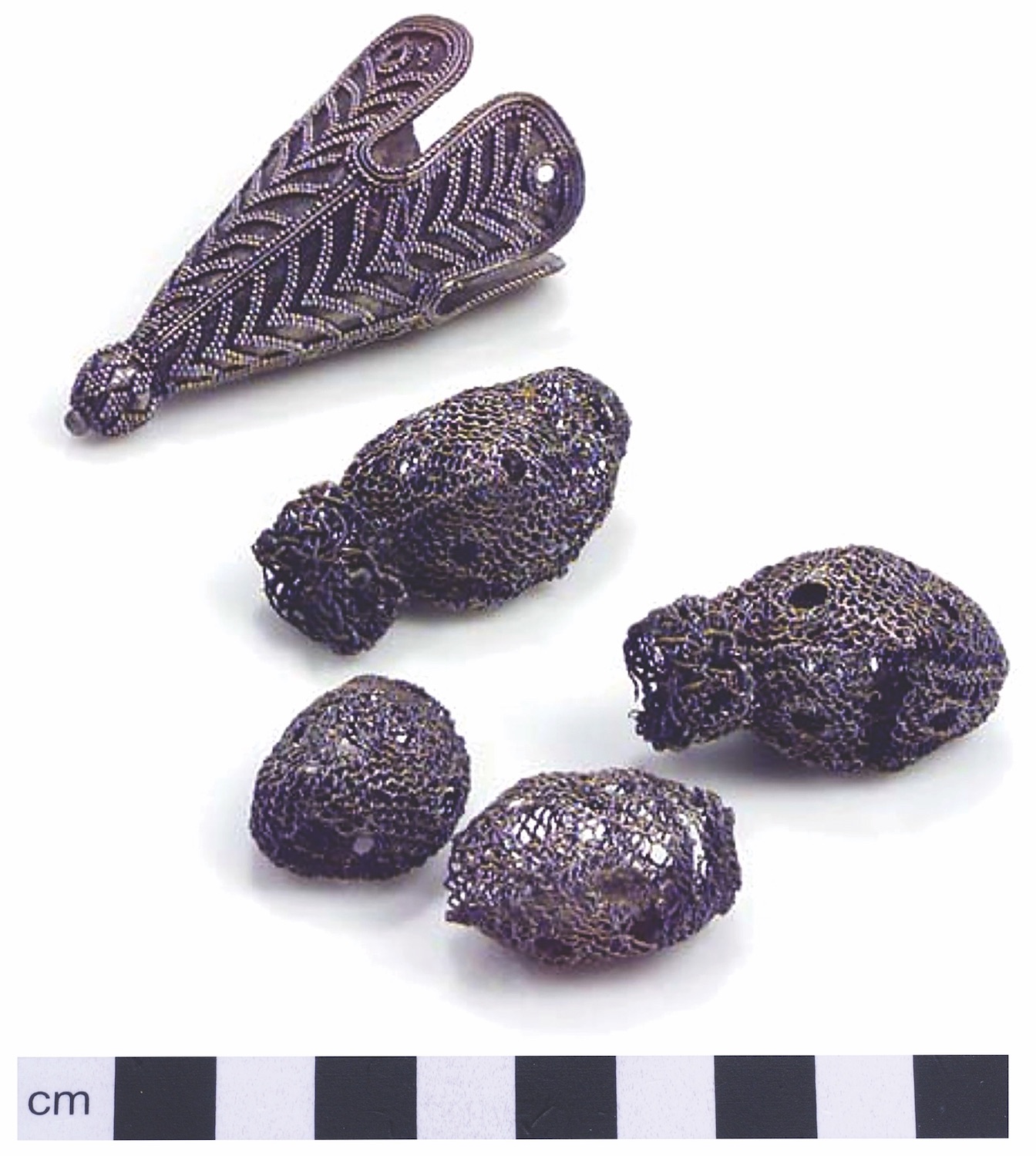
The ancient woman wore a silver-trimmed cap of samite silk, that had an "unusual granulated silver tassel, from which hung four plum-shaped, granulated silver balls," the researchers wrote in the study.
Viking cemeteries
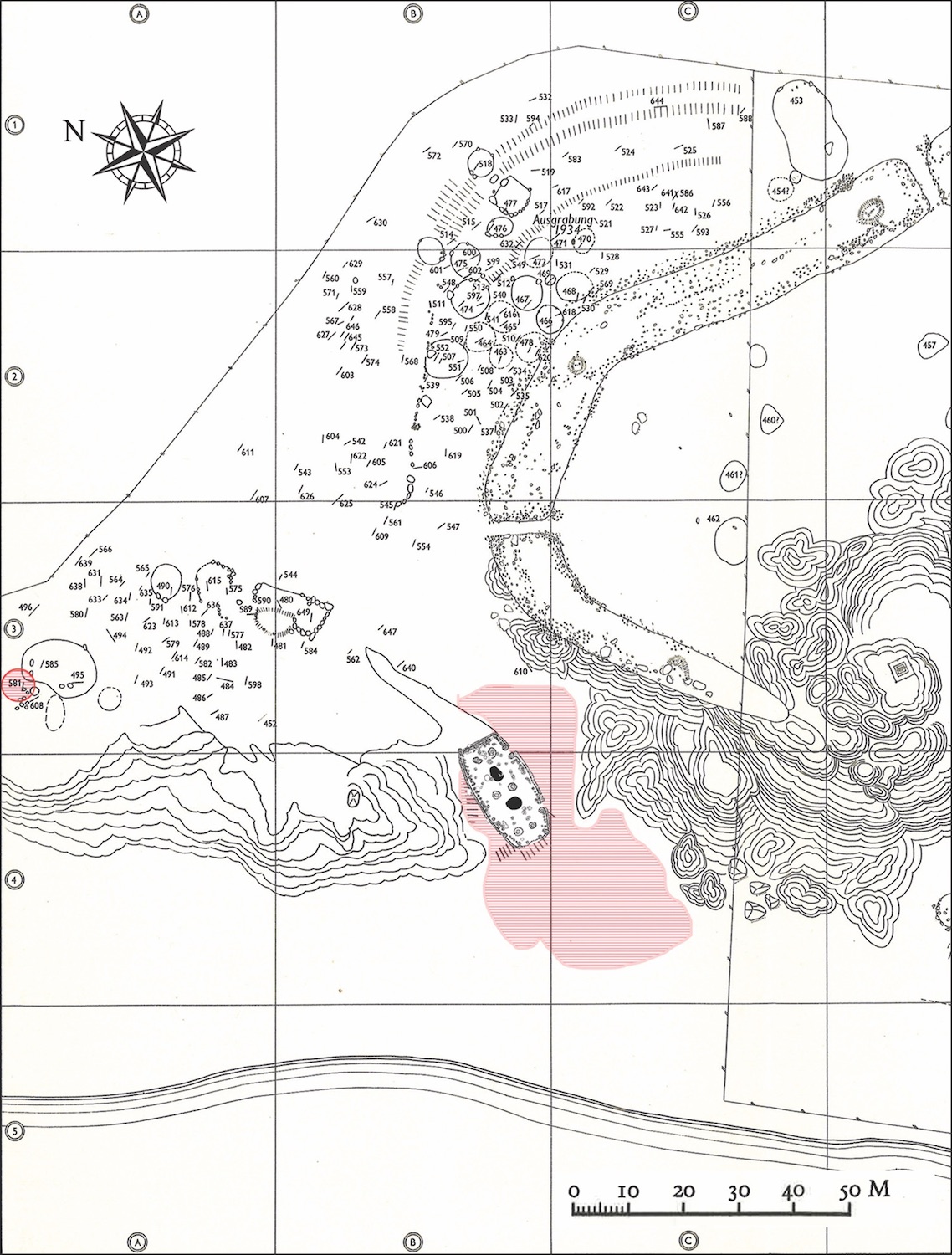
This map shows a number of excavated burials in Birka, including Bj.581 (circled in red). In fact, Bj.581 was located near other richly decorated graves and was a stone's throw from the so-called garrison hall (the other red marked area), a 65-foot-long (20 meters) hall that contained a unique assemblage of weaponry. The fact that Bj.581 was buried near this hall denotes warrior status, but there are more questions about the status this unique individual had. To learn more, read our coverage here.

Laura is the managing editor at Live Science. She also runs the archaeology section and the Life's Little Mysteries series. Her work has appeared in The New York Times, Scholastic, Popular Science and Spectrum, a site on autism research. She has won multiple awards from the Society of Professional Journalists and the Washington Newspaper Publishers Association for her reporting at a weekly newspaper near Seattle. Laura holds a bachelor's degree in English literature and psychology from Washington University in St. Louis and a master's degree in science writing from NYU.
